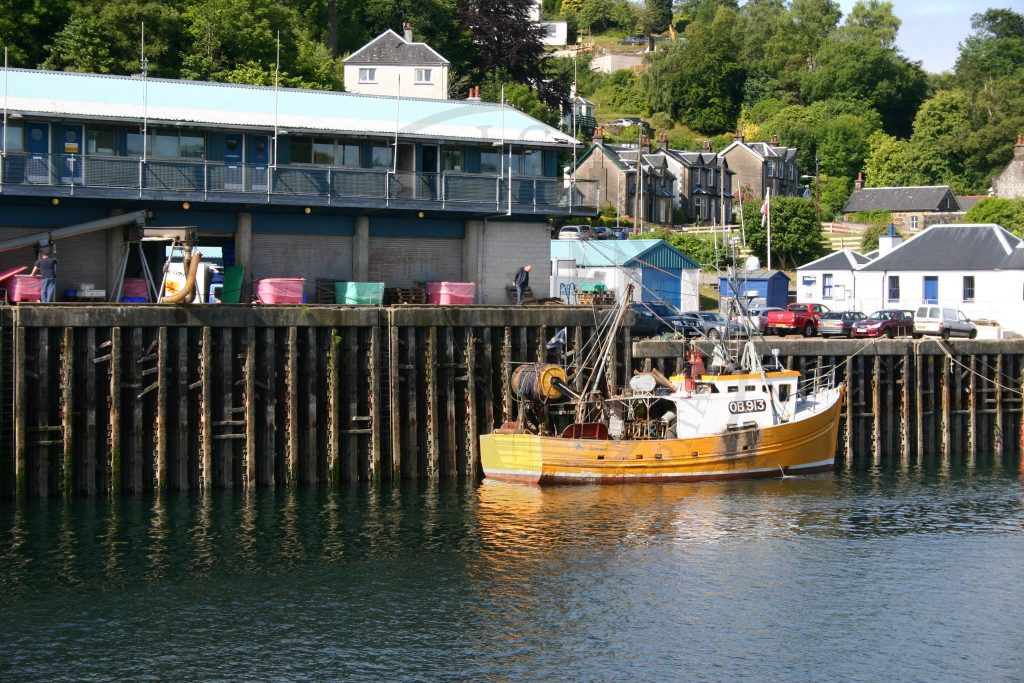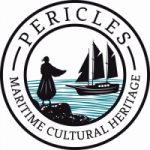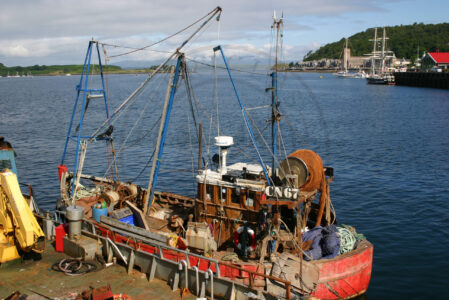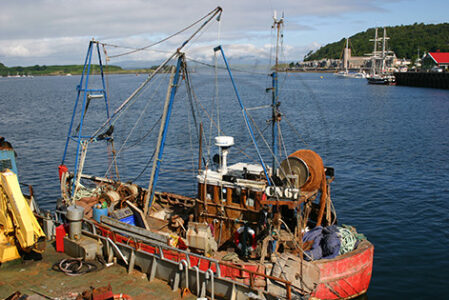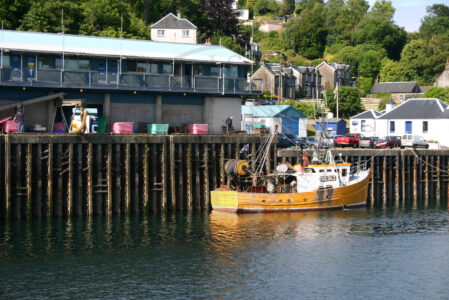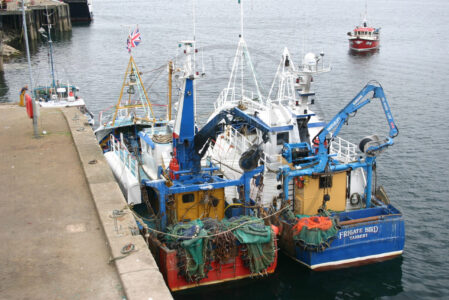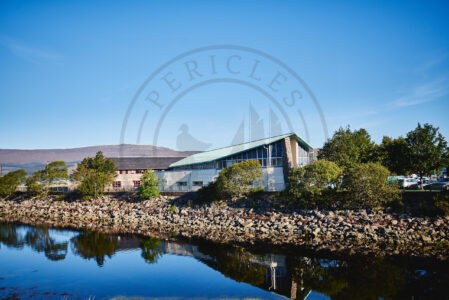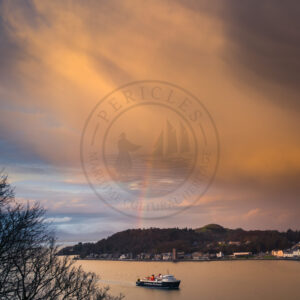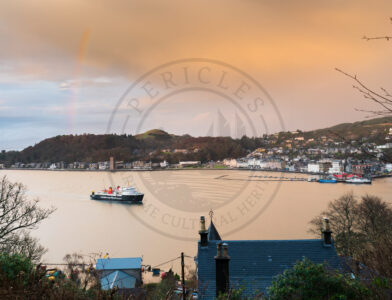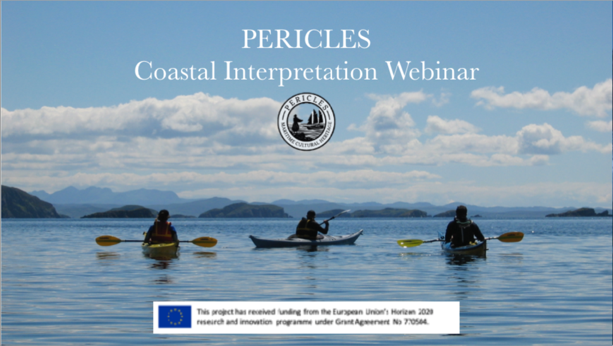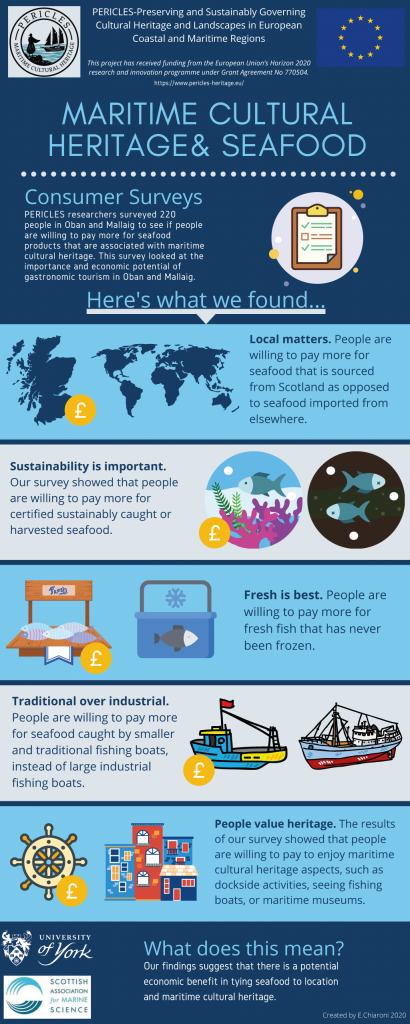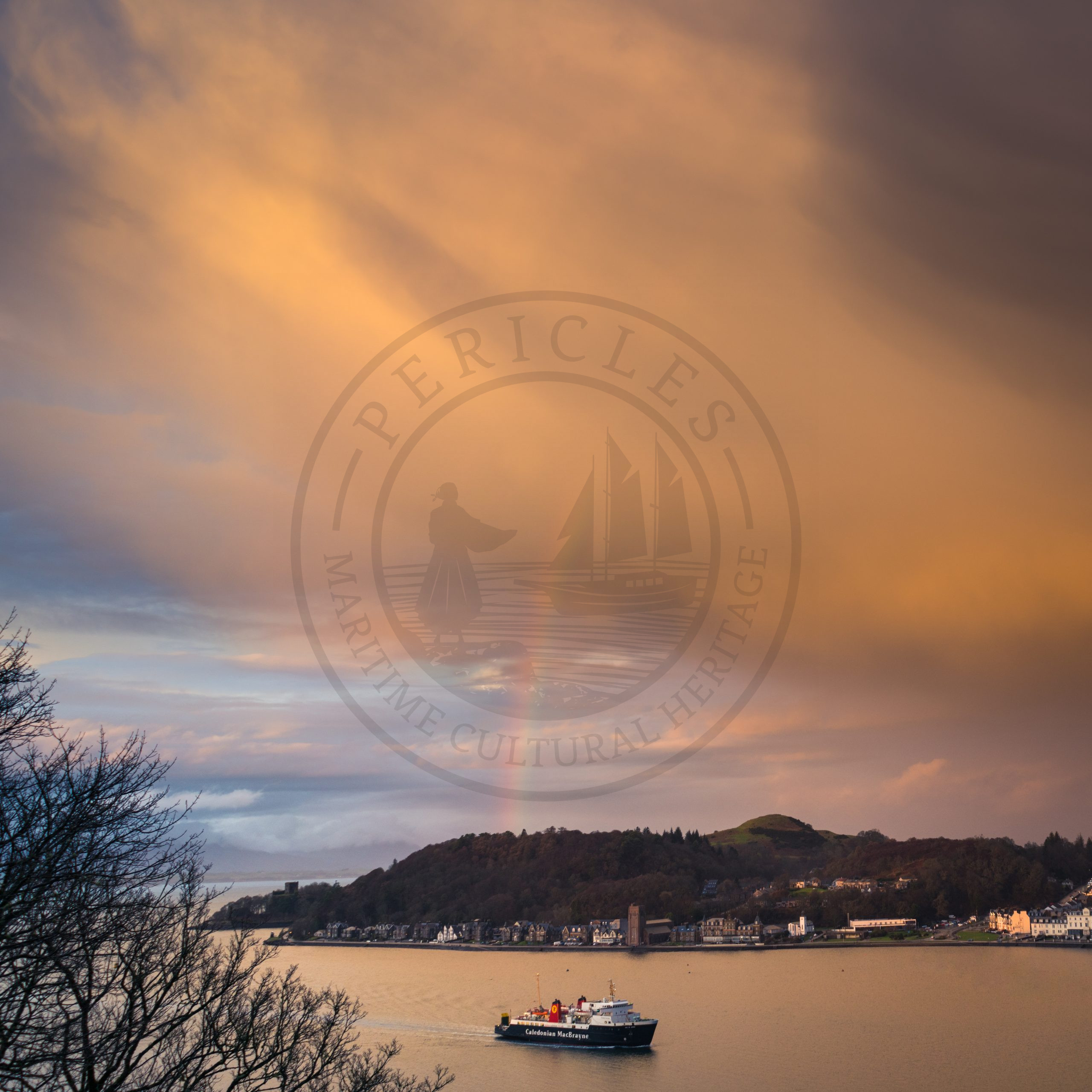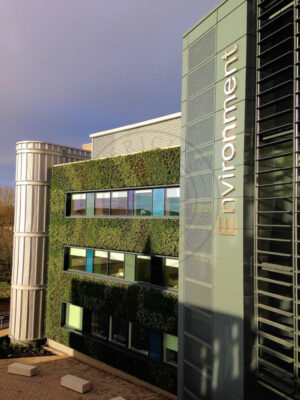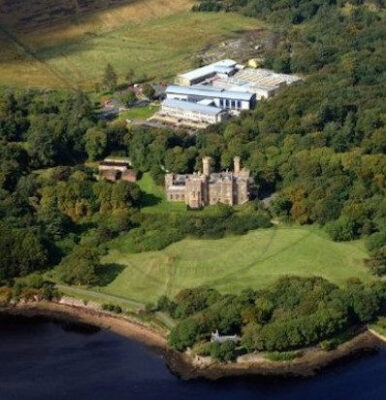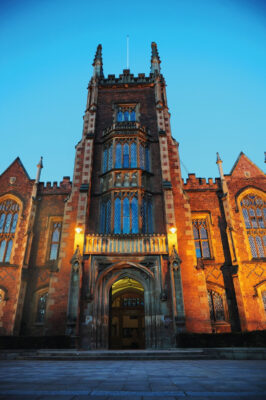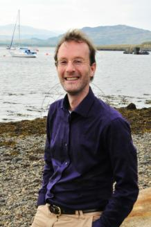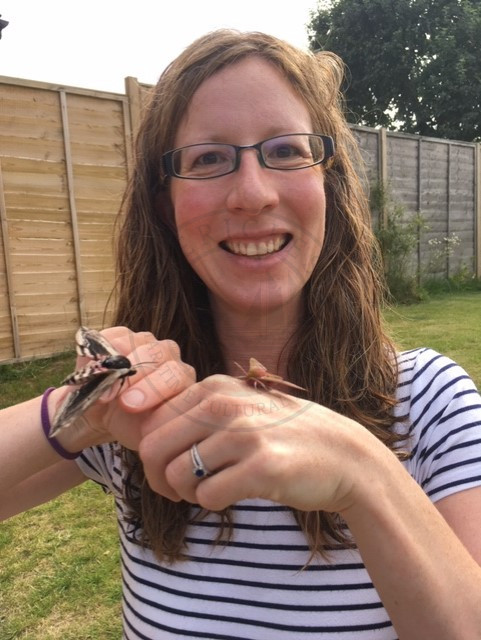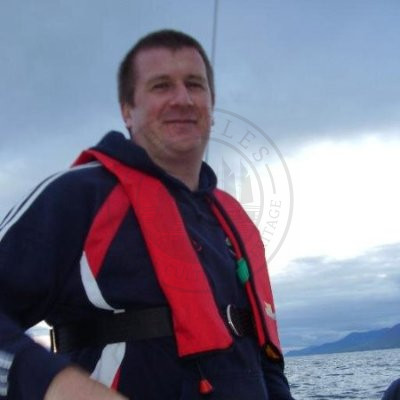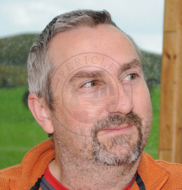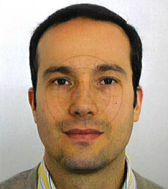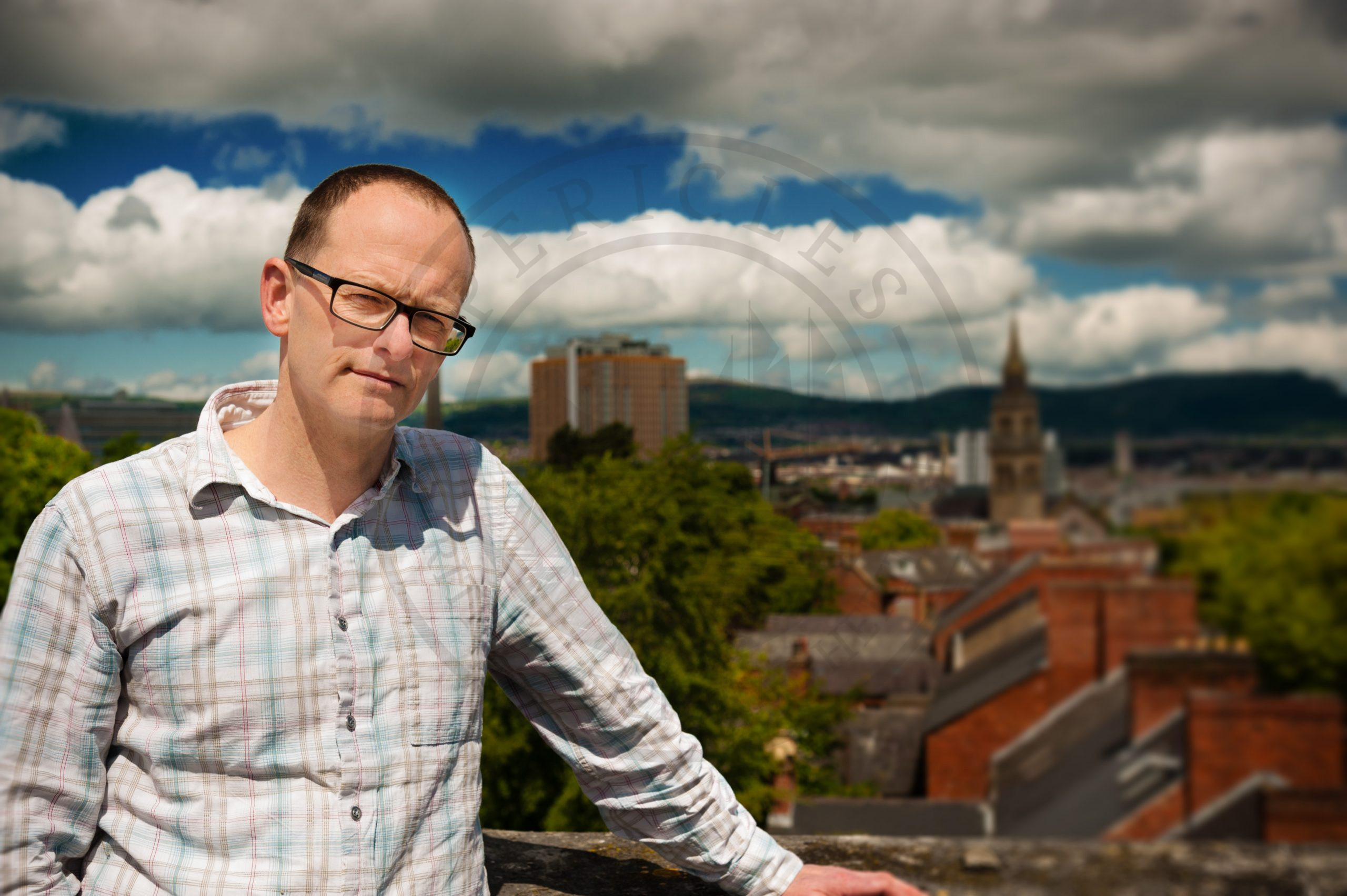There are strong ties between the Irish and Scottish coasts in terms of cultural heritage, including language, emigration and diaspora, tangible and intangible Celtic Christian and pre-Christian religious heritage, smallholder-crofting culture, inshore fisheries and industrial maritime heritage. The Scotland-Ireland demos focus on three locations – Belfast Port, The Inner Hebrides and Galway Bay.
Belfast port has a rich industrial heritage. At its peak, Belfast’s famous Harland & Wolff shipyard employed 30,000 people and built illustrious liners, including the Titanic. The site’s architectural heritage assets include the iconic Samson and Goliath cranes, dry-docks, slipways and pump house. As shipping declined, a new waterfront property project, Titanic Quarter, regenerated the site as a mixed-use development with offices, apartments, a science park, film production, hotels and a museum. There are concerns, however, about the effects of the property development project and how both the industrial archaeology of the site and worker stories are being marginalised in the development.
The Inner Hebrides include 35 inhabited and 44 uninhabited islands. Heritage activities are still part of everyday life on the islands today, including inshore fishing, seaweed harvesting, crofting and quarries. The Inner Hebrides also have a rich historical past with designations for castles, battlefields, monuments, landscapes, buildings, and a large number of wrecks including a historical marine protected area for the wreck of a 17th century warship. The islands have had varying degrees of success at economic diversification through tourism. While some, such as Rum, currently have too limited an infrastructure, Eigg, conversely, has attracted a wide range of 'lifestyle' micro-businesses, from weaving and a micro-brewery to sailing and wildlife-watching guides, and is proactively targeting the tourism market.
Galway Bay is the largest bay on the west coast of Ireland and has a rich array of cultural heritage opportunities, including the Irish language, traditional boat building, landscapes, archaeological sites and island culture. Galway Bay has become a site of conflict in relation to Blue Growth and cultural heritage. Proposals for aquaculture and offshore renewable energy expansion have been resisted by local communities, citing, amongst other things, the potential loss of the bay's unique seascapes. The bay also forms part of Ireland's Wild Atlantic Way, a popular tourism trail, that has intensified tourism in the area and ascribed value to particular seascapes. There is an inherent tension, therefore, between the Blue Growth objectives and the designation of the bay as a significant seascape.
